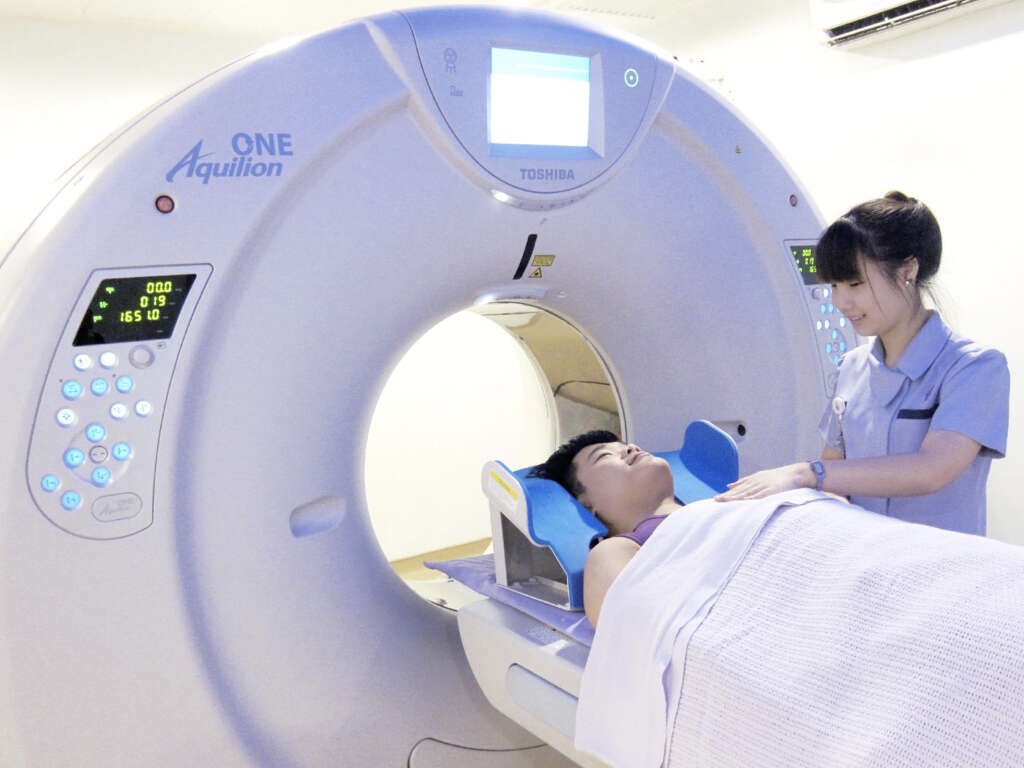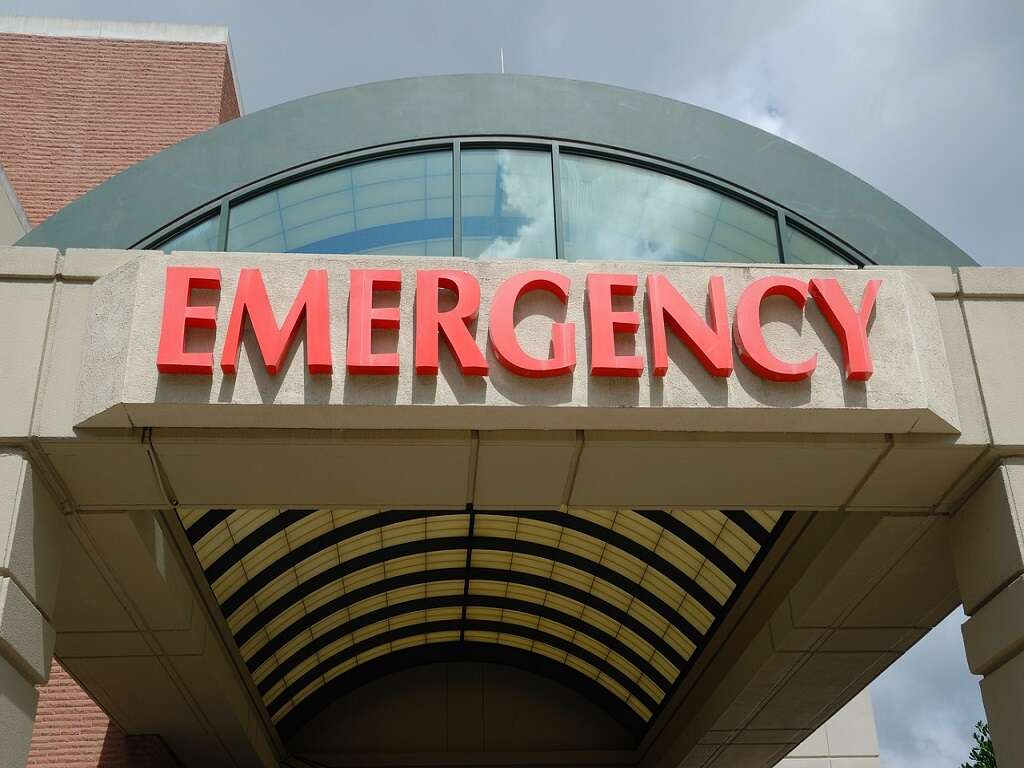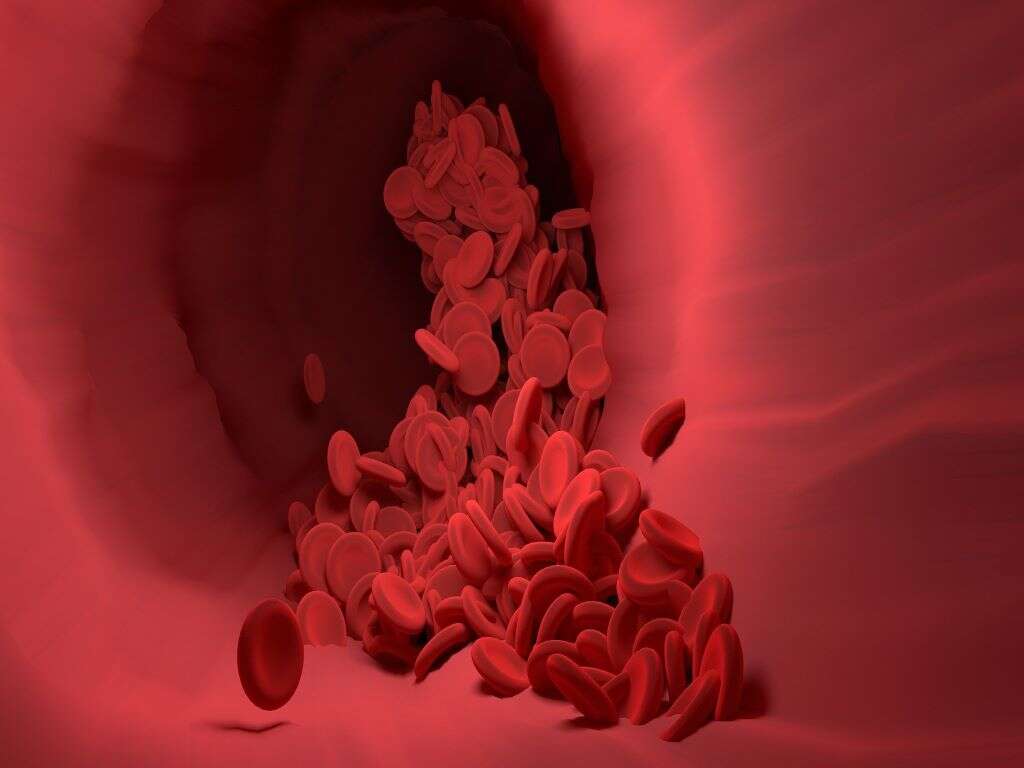What Are Clogged Arteries?
We are often told of the need to live as healthy a lifestyle as possible. The advice is given for very good reason as it can help us to keep us healthy and well, potentially helping us to live a long life. If we don’t take the advice, we could fall quite ill, and our lives could even be cut short.
Clogged arteries are one of many possible complications that can develop if we don’t take sufficient care of ourselves. It can also affect some people no matter how well they take care of their bodies. It is a condition that should be taken seriously. It can help if people learn about the condition, what its symptoms are, and how to prevent it.

1. Clogged Arteries
Clogged arteries, also known as atherosclerosis, or blocked arteries, is a condition where the passageway in our arteries becomes narrower over time. The condition often starts developing from a young age when fatty material in the blood starts accumulating on the artery walls.
The body recognizes these fatty materials as something that should not be there and tries to repair the problem. In doing so, the fatty material becomes trapped below a new layer of fibrous tissues in what is known as plaque. This plaque can then continue to gradually grow over the years as new fatty deposits continue to accumulate on it.
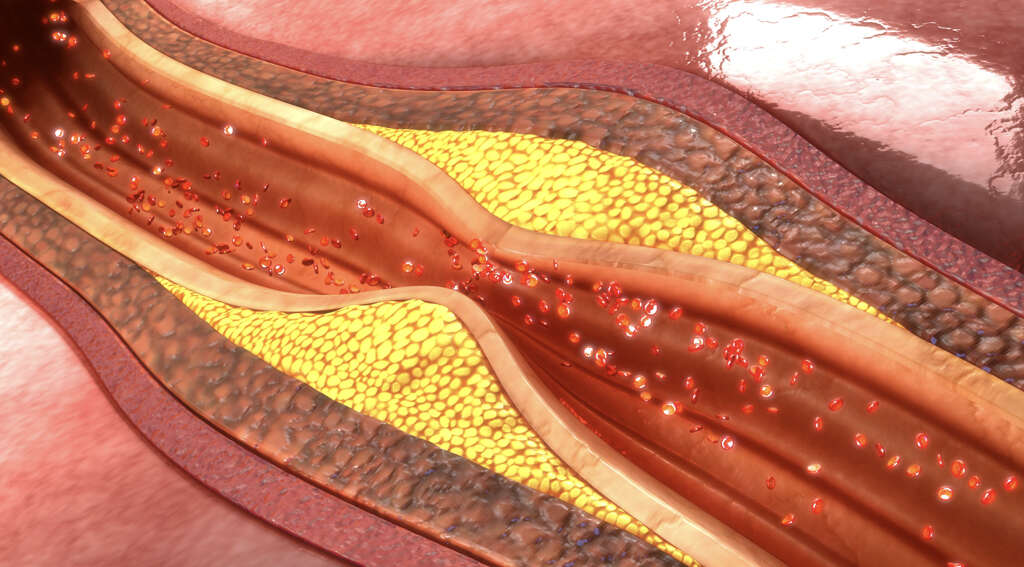
2. Gradual Progression
As the plaque on the arteries gradually builds up, so the affected blood vessel becomes increasingly narrower internally. Such is the slow rate of this build-up that the condition will often not be noticed for many years. As the condition does get worse, however, it can begin to have a real impact on our health.
As the blood vessels become increasingly narrow so less blood can be pumped to the heart and other parts of the body. When the heart is affected, it becomes a condition known as coronary artery disease. It is a condition that is potentially very serious.
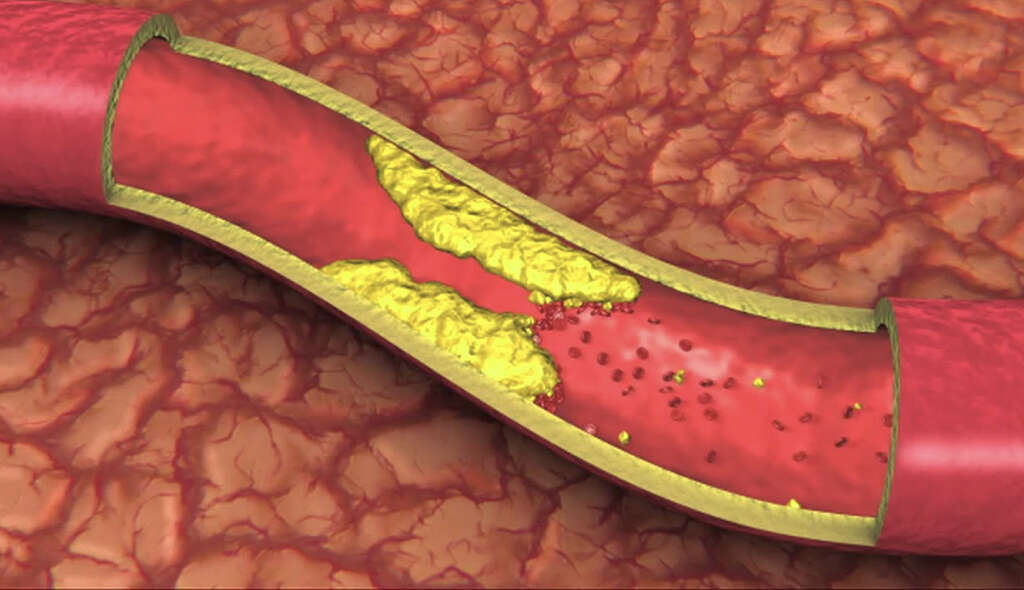
3. Causes
There are several potential factors that can contribute to clogged arteries. Among the most common is high levels of bad cholesterols which can contribute to fatty buildups on the blood vessels. People with diabetes are also more likely to develop the condition.
Smoking has also been shown to contribute to the condition, and not getting enough exercise will also increase somebody’s risk. Obesity and a poor diet overall are other contributing factors, while the condition also tends to run in families. If you are in a high-risk group then you should do what you can to keep yourself safe.
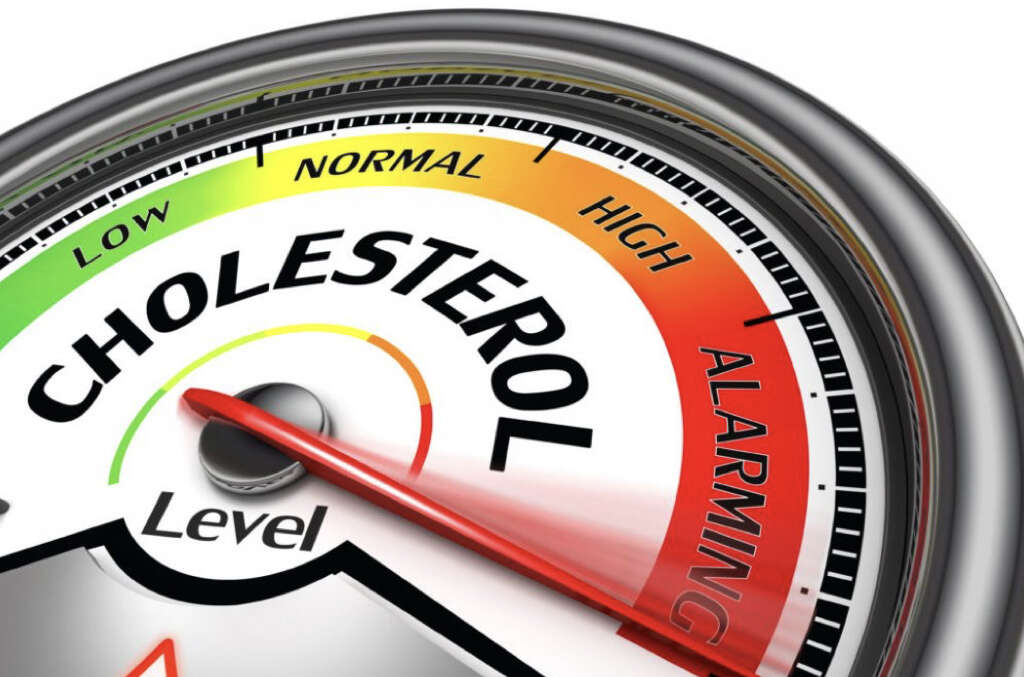
4. Coronary Artery Disease
As mentioned, coronary artery disease is a condition that is caused when the heart muscle is not getting the oxygen that it needs. This is potentially a very serious condition that can cause some very unpleasant symptoms for the patient. It is even serious enough to be life-threatening.
Such is the severity of coronary artery disease that it is one of the leading causes of death in people that are otherwise healthy. It is thought that around 16.5 million Americans are inflicted with the condition. The symptoms of coronary artery disease can be mild to begin with, gradually getting worse as the arteries become more clogged.

5. Short of Breath
Narrowing arteries, particularly of the heart, will affect the blood flow to this important organ. This, in turn, will mean that the heart is no longer able to pump blood as effectively as it should be. This will mean that there is not enough oxygen being circulated around the body.
With insufficient oxygen in the body, the patient begins to feel as though they are short of breath. The lack of oxygen can also result in the patient becoming fatigued. These symptoms are likely to get worse if the patient takes part in physical activities.

6. Angina
Angina is a condition caused when your heart is not getting enough oxygen-laden blood. The main symptom of the condition is a pain in the chest. It is often described as though somebody is standing on your chest. It tends to occur in the middle of the chest or sometimes toward the left of the center.
Angina can be brought on by stress or through exercise. It is not necessarily a dangerous condition in itself, but it is an indicator of a potentially serious underlying problem. It should be enough to encourage the patient to seek medical assistance when they can.

7. Heart Attack
If the patient’s artery becomes completely blocked then the heart’s muscles will stop working and begin to die. This is known as a heart attack and it is an extremely serious condition. Heart attacks are often fatal, so the patient must be found immediate medical attention if a heart attack is suspected.
The main symptom of a heart attack is a pain in the chest. It is often described as though a heavy weight has been placed on the patient’s chest. The pain can also radiate out down the arms. The patient will also sometimes experience heavy sweating, while they can also be short of breath.

8. Diagnosis
Clogged arteries are a condition that often goes unnoticed until it is too late. As such, it is recommended that people get regular check-ups to help identify any problems early on. This is especially the case in people that are over the age of 40.
Tests for clogged arteries include checking your blood pressure and cholesterol levels. You will also likely be asked about your lifestyle, and if there is a history of clogged arteries in the family. In some cases, further tests such as CT scans, chest X-rays, echocardiogram, and angiograms may be performed. You may be asked to attend regular check-ups if a condition is suspected.

9. Prevention
It is all but impossible to be completely safe from clogged arteries. However, some people live a lifestyle that makes them a lot more likely to develop a problem. This mainly means people that don’t eat a healthy diet and don’t take part in enough physical activities.
It is recommended to try and avoid processed foods and eat a healthy, balanced diet of fresh food. You should also try and get some exercise even if it is only light exercise. Also, stop smoking if you are a smoker, and try to make sure there’s as little stress in your life as possible.

10. Treatment
Clogged arteries cannot be reversed, but you can at least make some lifestyle choices that will help to slow down the progression of the disease. This generally means living as healthily as you can. Some medications can also be used to help reduce cholesterol, reduce blood pressure, and reduce the chances of a blood clot.
In severe cases, surgery may be deemed necessary. This can include bypass surgery that will help bypass any clogs, allowing the blood to flow freely to the heart. Other procedures, such as balloon angioplasty, or stent placement, will help to keep the patients’ blood vessels open sufficiently wide enough.




